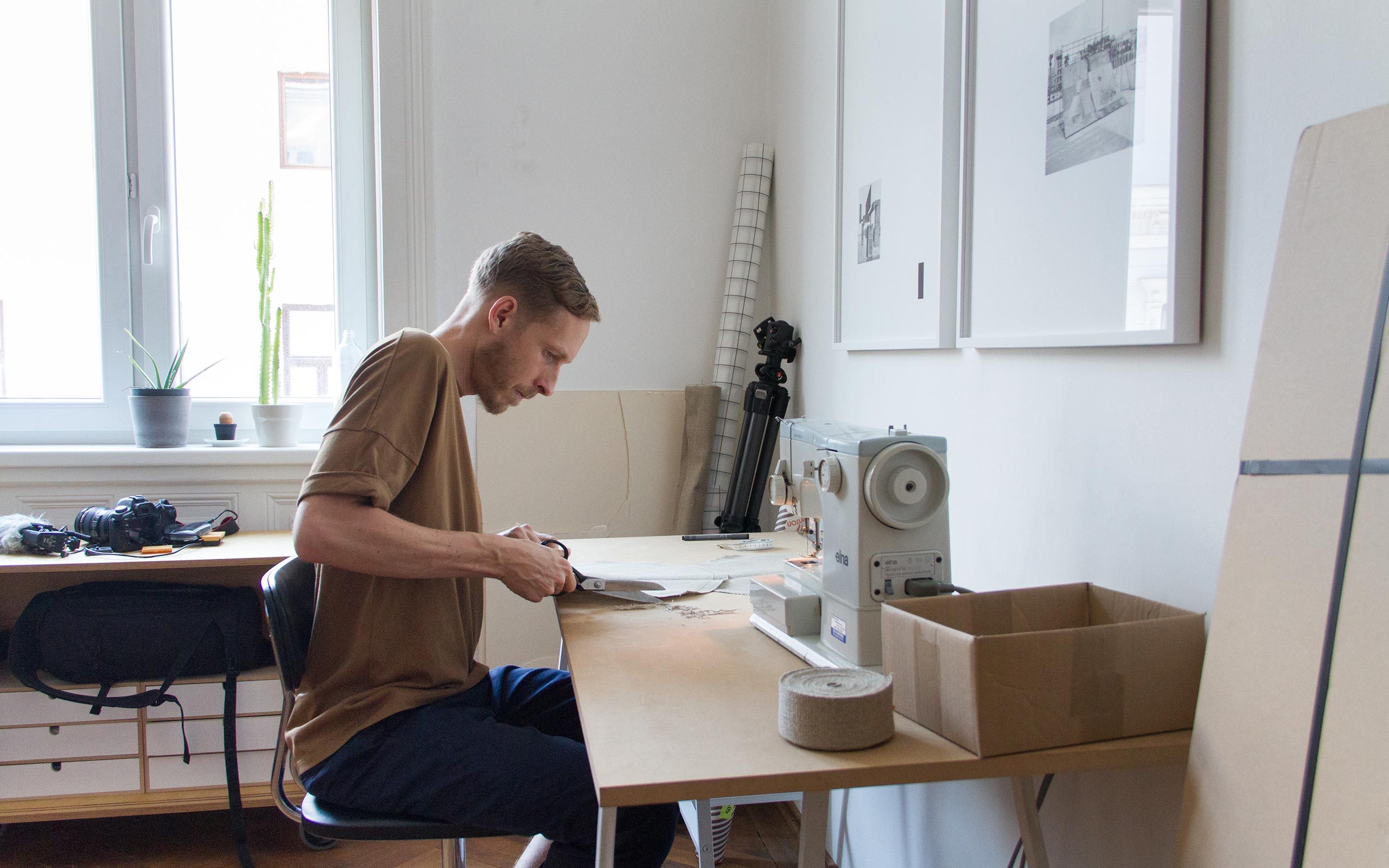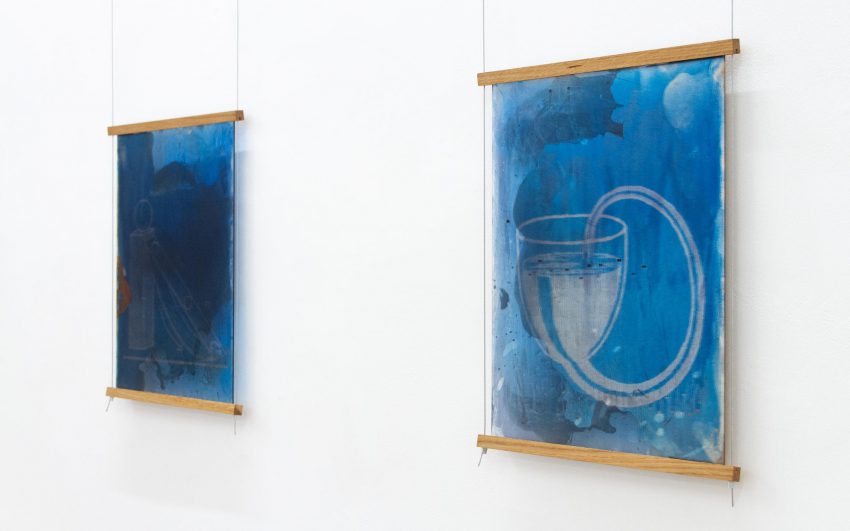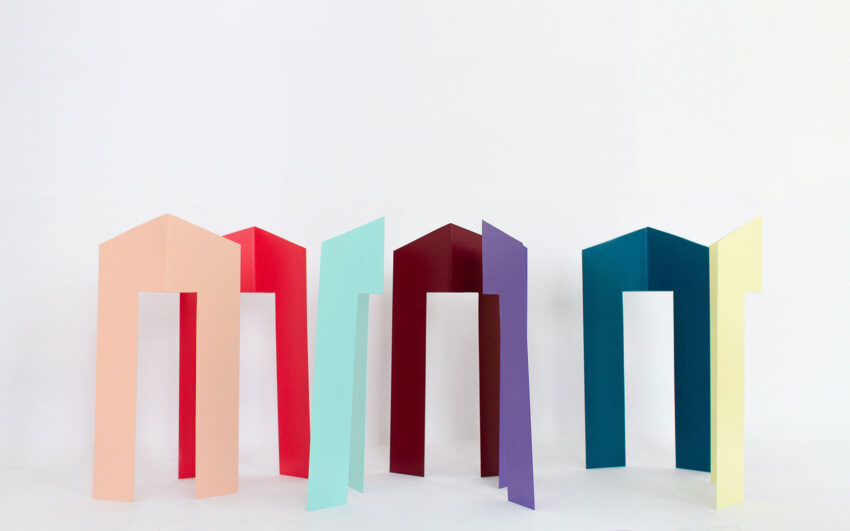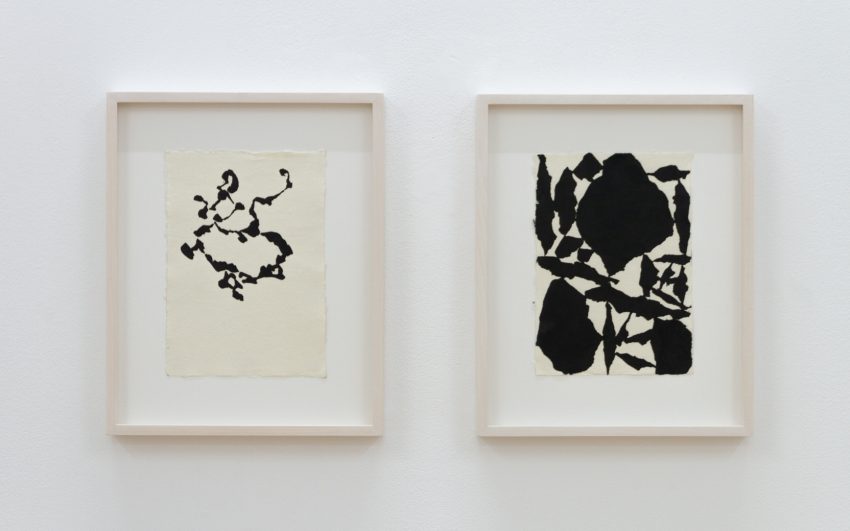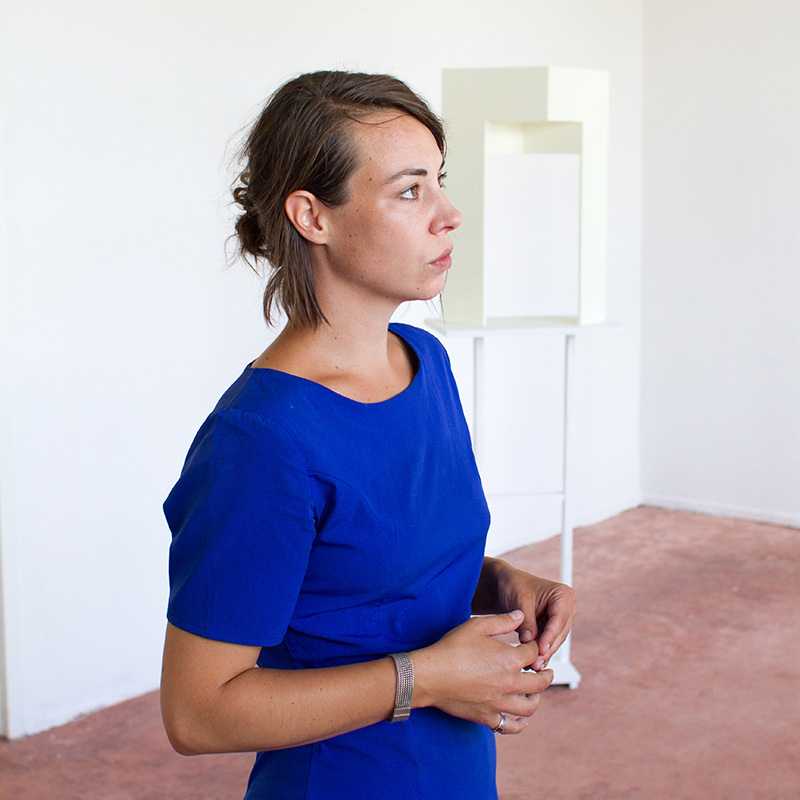Kay Walkowiak is equally at home in sculpture, photography, and video art. He understands how to implement these media with precision in conceptually dense installations, visualizing poetically such cumbersome topics as culturally conditioned differences in the production of meaning in art. We met the artist, who lives in Vienna, for a conversation about his unusual career, his fascination with Asia, and his interdisciplinary approach.
Kay, you just had an exhibition Requiem of Lost Forms in the former k. & k. telegraph office on Vienna’s Berggasse. The building is in a state of interim use and in your work, too, impermanence has repeatedly played a role. Was this the reason why you made special friends with the exhibition space?
Yes, that’s right. It was curator Itai Margula’s concept to place each artist in a direct dialog with the exhibition space. His invitation has been particularly congenial, because the topics of temporality and impermanence – or positively speaking the continuous change of reality – have been very present in my work in the past three years. The interim state of the space very much appealed to me: Everything was broken and tarnished. The ceilings had been opened for static tests and so on. The works presented have been similarly damaged through performative interactions and the question arose whether a surface with a patina that tells a story isn’t more beautiful than a smooth surface.
Performatively overused objects as in like in Minimal Vandalism are a good example for your interdisciplinary approach. Your work involves sculpture, performance, photography, and film.
At the beginning of my studies, I was basically interested in spatial work: sculpture and installation. I soon arrived at the question of the reception of objects. How does an object structure space? How does it appeal to the viewer physically, before intellectual reflection on it? What affect occurs at first contact? I have processed this kind of viewer response in small settings that offered space for the human body. And often the question was raised whether the objects were actually to be used. But at the moment of questioning it has already occurred in the mind, demonstrating that the memory of the body is first to react. The reflection of the process comes later.
When you describe this it becomes clear why the temporal element – as in a video – has gained importance in your work.
The question whether my works should actually be used has been asked so often that I have thought it would be interesting to play out the entire context and to actually connect the performance concretely with the object. That was the actual beginning of my combining several work processes. My works still located in installation, become stages in which performative interactions take place whose point of departure is the object. Fleeting transitions exist between the individual areas: from sculpture as the content of stage photography to film as the medium for documenting interventions in the public space.
You have studied “Sculpture and Multimedia” in Vienna with Erwin Wurm and “Extended Expression” with Koki Tanaka in Japan. Already the title of the study courses seem to announce your open access.
Erwin Wurm really has a highly diversified range. He has always preached that there was plenty of time to decide on a style, and that studies should be a time of experimentation. In class, there was never a clear directive concerning in which medium we should work. It was self-evident that the choice of medium was dependent on the concept of the work, as was the view that all interactions that can occur between media were also possible. At Tokyo University there hardly any infrastructure for the creation of sculpture existed at the time. Therefore I immersed myself intensively in photography and film for that entire year, and subsequently this became the more important medium in my work. All these are reasons why I never felt any pressure to define myself exclusively as a sculptor or photographer.
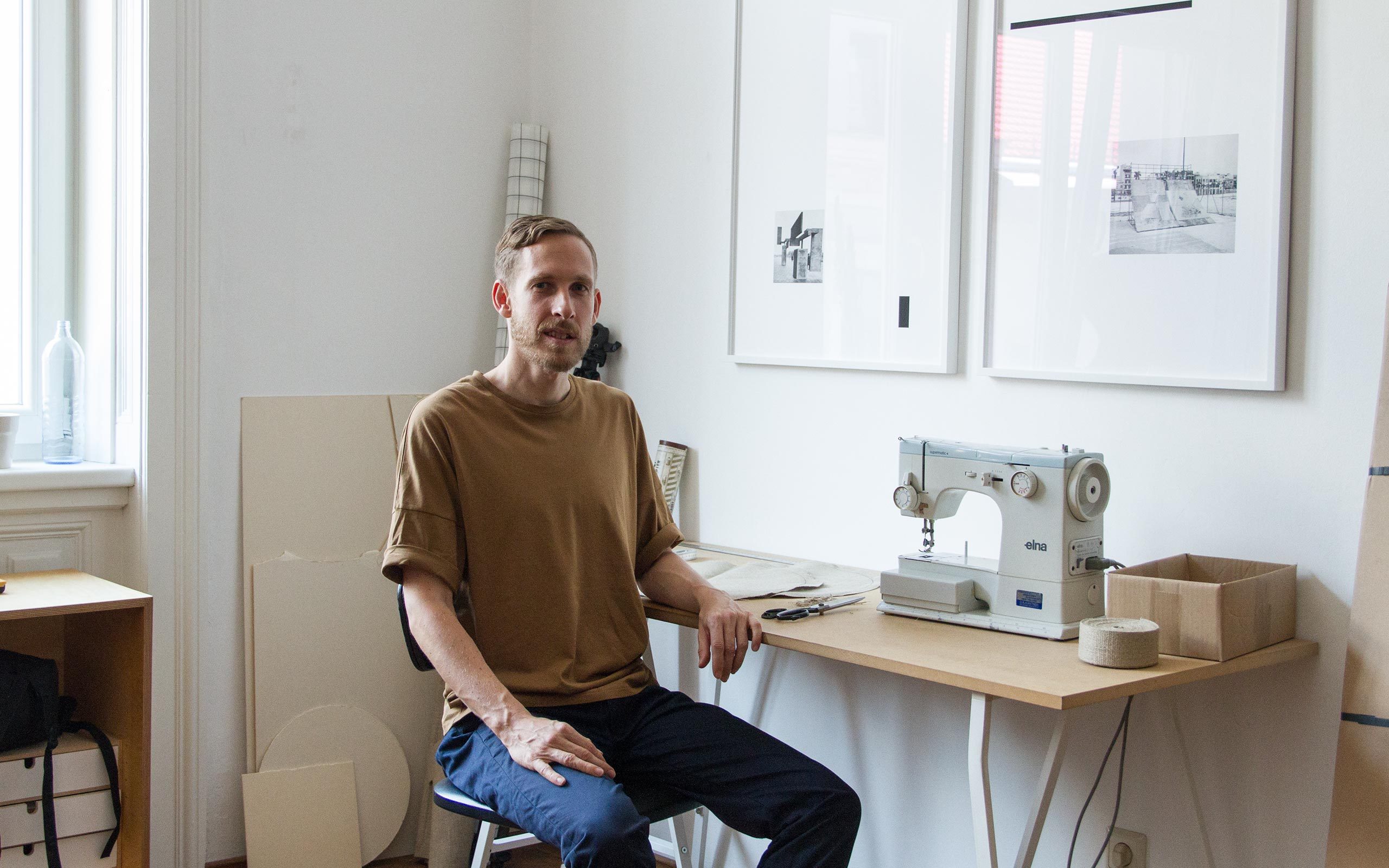
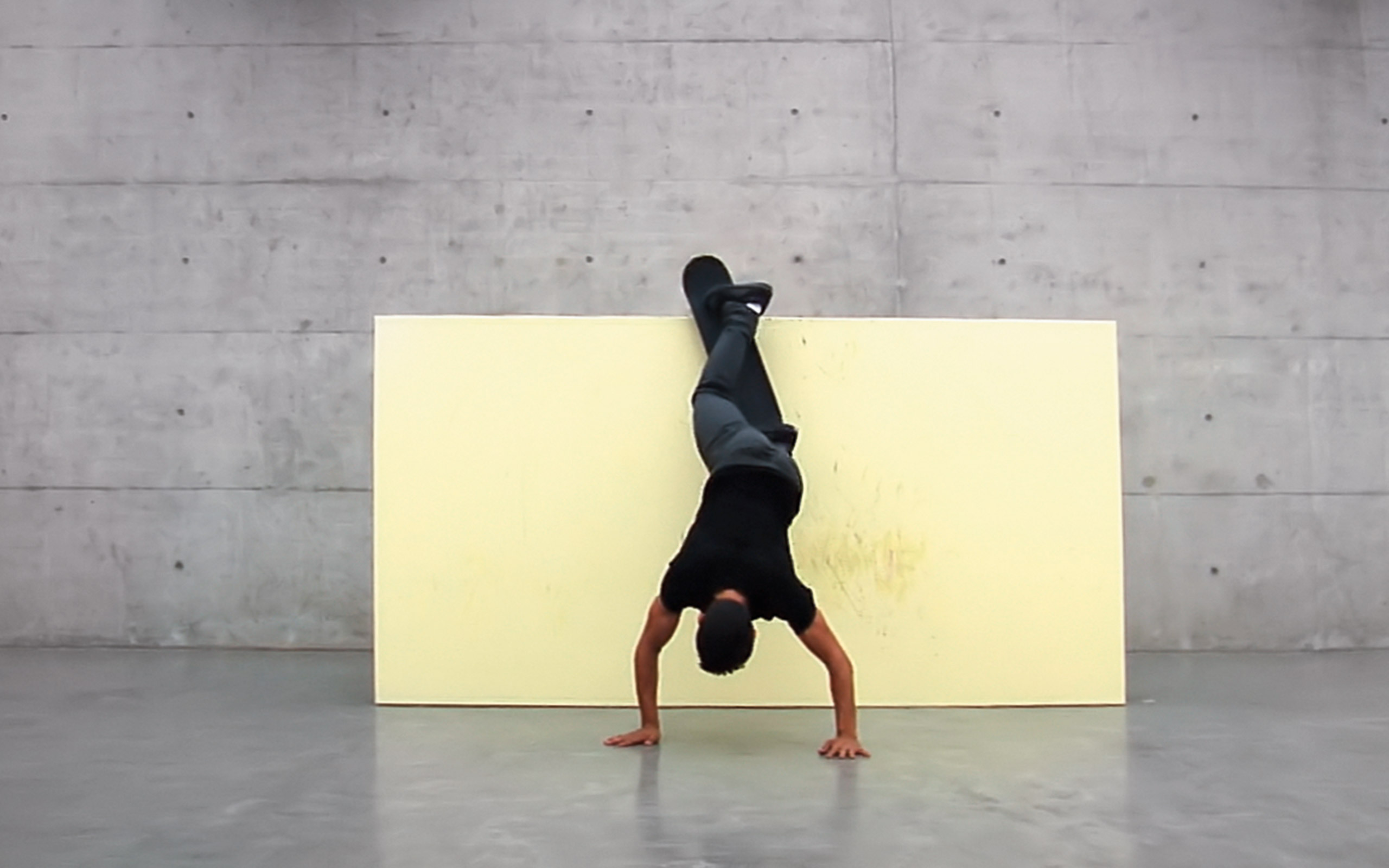
Minimal Vandalism, 2013, film still, Courtesy Kay Walkowiak
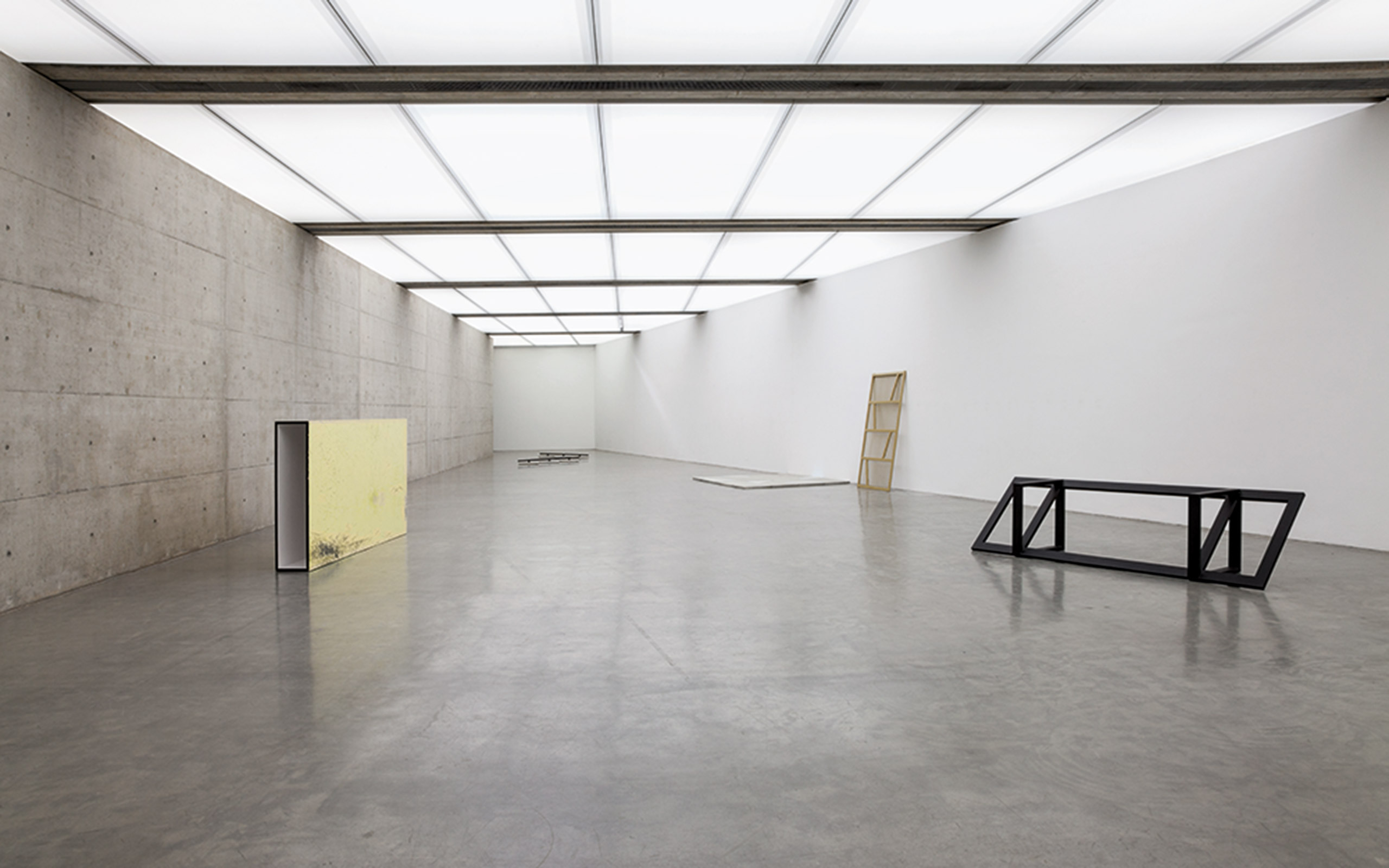
Minimal Vandalism, 2013, film still, Courtesy Kay Walkowiak
When did you discover that you wanted to become an artist?
I was certainly not someone who had known all along that he wanted to become an artist. After I left school I had many interests but there was no particular area I wanted to focus on. I first traveled for two years. Then I came to Vienna where I enrolled in philosophy in order to have a basis. But actually, I wanted to gain insight into various study courses. I have looked into everything from ethnology to architecture to landscape design, medicine, sociology, and psychology. (laughs) I was truly well informed about everything that was offered. Art had interested me all the time, but I never thought that I would one day do it professionally. That’s why I excluded the art academies from my research.
Can you tell us which of the different fields you looked into has served your artistic work most?
Clearly philosophy and parts of psychology! I always find interactions between these two fields. Asian philosophy for example is very psychological, because it is concerned with the relationship between body, mind, and environment. And intellectual philosophy has interesting points of contact with ethnology. I think I had enrolled in this field for two semesters. (laughs) Very exciting in regard to this field is the question of the local production of meaning which is increasingly blurred these days, but socialization in different cultures still results in different perceptions of reality and therefore in another kind of living. That’s fascinating to me.
After you had gathered all these experiences you eventually enrolled in an art academy. How did that happen?
Since I was still without clear orientation after all that time, I outsmarted myself by producing two portfolios: one for the Academy of Visual Arts and one for the University of Applied Arts, both in Vienna. How else could I have gained insight? I think it was an advantage that enrollment was not my first goal. That’s why I approached the issue in quite a relaxed way. Then, unexpectedly, I had the good fortune to be accepted at both universities. For quite some time, I studied at the “Visual” with Eva Schlegel and then at the “Applied” with Erwin Wurm.
Studying art doesn’t really mean that you become an artist. From which date were you convinced that you would make art your profession?
To be quite candid, for the first two years I wasn’t really sure whether I would continue. I had an incredible number of questions about how I would continue after my studies including whether becoming an artist would truly be my path. But I urged myself to continue unless I were to find something that would inspire me more; I had one substantial final crisis just before receiving my diploma. The turning point came with graduation and since I no longer question art as my profession I can’t imagine a better activity for me.
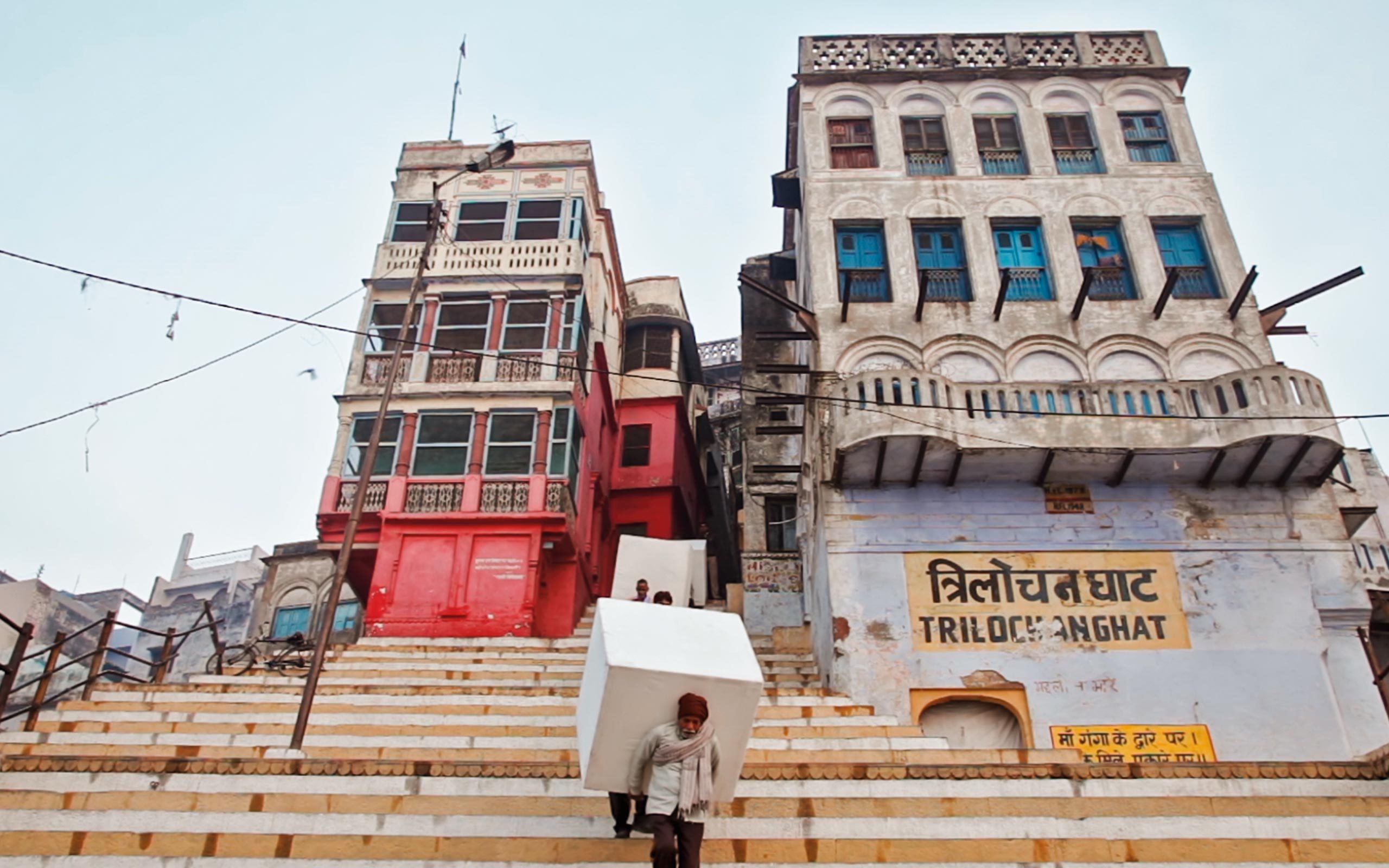
Dislocated Traces, 2014, film still, Courtesy Kay Walkowiak
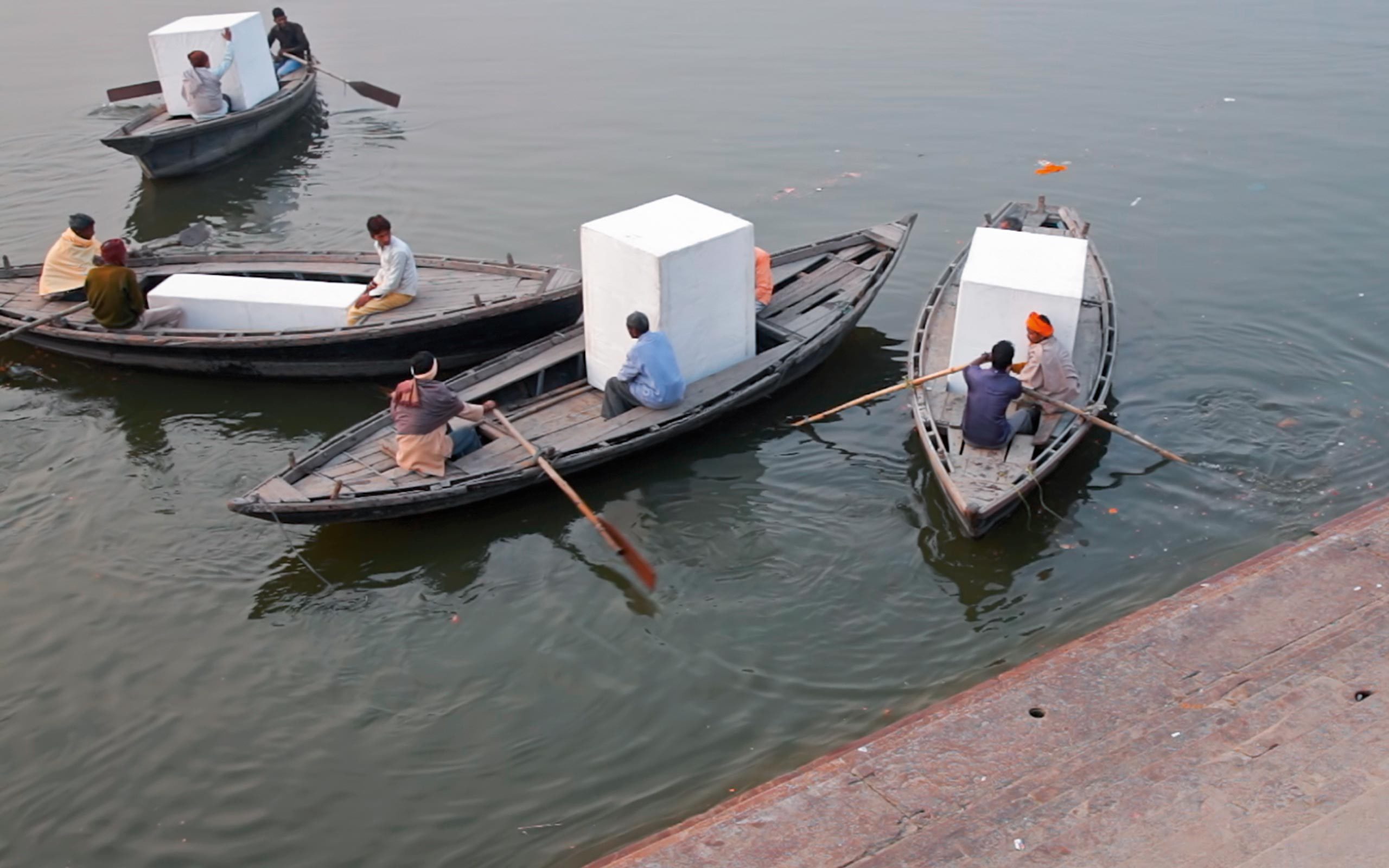
Dislocated Traces, 2014, film still, Courtesy Kay Walkowiak
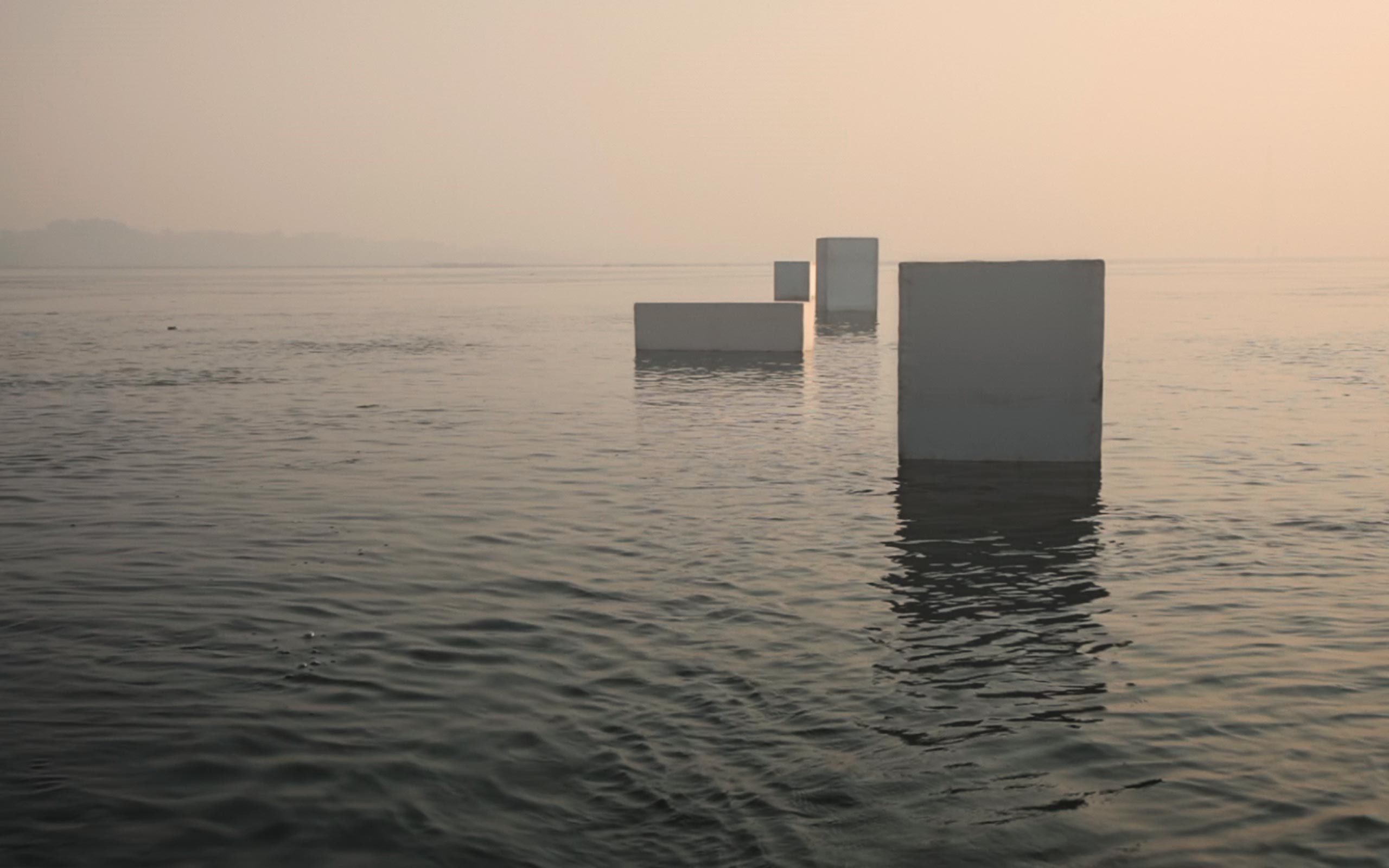
Dislocated Traces, 2014, film still, Courtesy Kay Walkowiak
While you studied, did you have ideas about life and work after graduation? Can one plan that, really?
During my studies I lived very modestly from a small study grant and from temporary jobs. On the one hand, I could not imagine how my life would have been had that small social support ended. On the other hand, this was the reality we had been prepared for. None of the teachers ever suggested that anything begins immediately upon leaving, that we would be able to live from our art right away, rather they spoke of a marathon task in which some degree of recognition occurring after a period of ten years ought to be viewed as positive.
Sometimes it appears as though the market is purely driven by trends. To what extend can artists really steer the development of their career?
At the university we once had a very good workshop with a curator who advised us to consider whether we wished to invest five, fifteen, or fifty years into our careers. That which escalates can plummet at an equally fast rate. What one can try to do is to build an independent oeuvre with sustainable artistic work without following trends that are pushed by the art market. At one time it may be abstract painting, then figurative art returns. Every five to ten years there is a sculpture hype and so on. It has been evident that that only short phases of recognition are established this way. I think one should always continue to pursue one’s interests and not be influenced too much by gallery owners who may make suggestions about what is easy to sell. Of course the temptation to produce what is selling well is huge, especially when one has just left school and is in need of financial security.
You are represented by Zeller van Almsick, a still quite young Viennese gallery. What are your experiences with this way of venturing into the art market?
So far only good! I think all young entrepreneurs are united in that they have a vision. One has more drive, motivation, the courage to take risks, and a more playful approach. I think it is very good that there is an openness towards alternatives with regard to presentation and exhibition as well as in the area of collaboration. And in the best case scenario one grows together. The appeal to young artists to be represented by a big gallery can certainly be deceptive, because the focus of such galleries often lies elsewhere. Their primary goal is to generate sales of the work of already known artists with an established high market value.
After graduation from school you traveled a lot. You studied for a year in Japan and have always been interested in other cultures. Cultural differences play quite a big role in your work. In your experience, is the artist’s situation in the Far East different from that in Europe?
One thing that differentiates Asia – especially Japan and China – from Europe is the notion of mastership. Traditionally it is considered the highest achievement to bring one’s work up to a point to be comparable with that of the teacher. This is rooted in the idea that the collective is more important than the individual and that individualism is not really regarded as desirable. Therefore artisanal precision takes precedence over individual style. That is significantly different to Europe where since the avant-garde of the twentieth century, movements that break with tradition are considered of paramount importance along with the highly individual forms of artistic expression that they support.
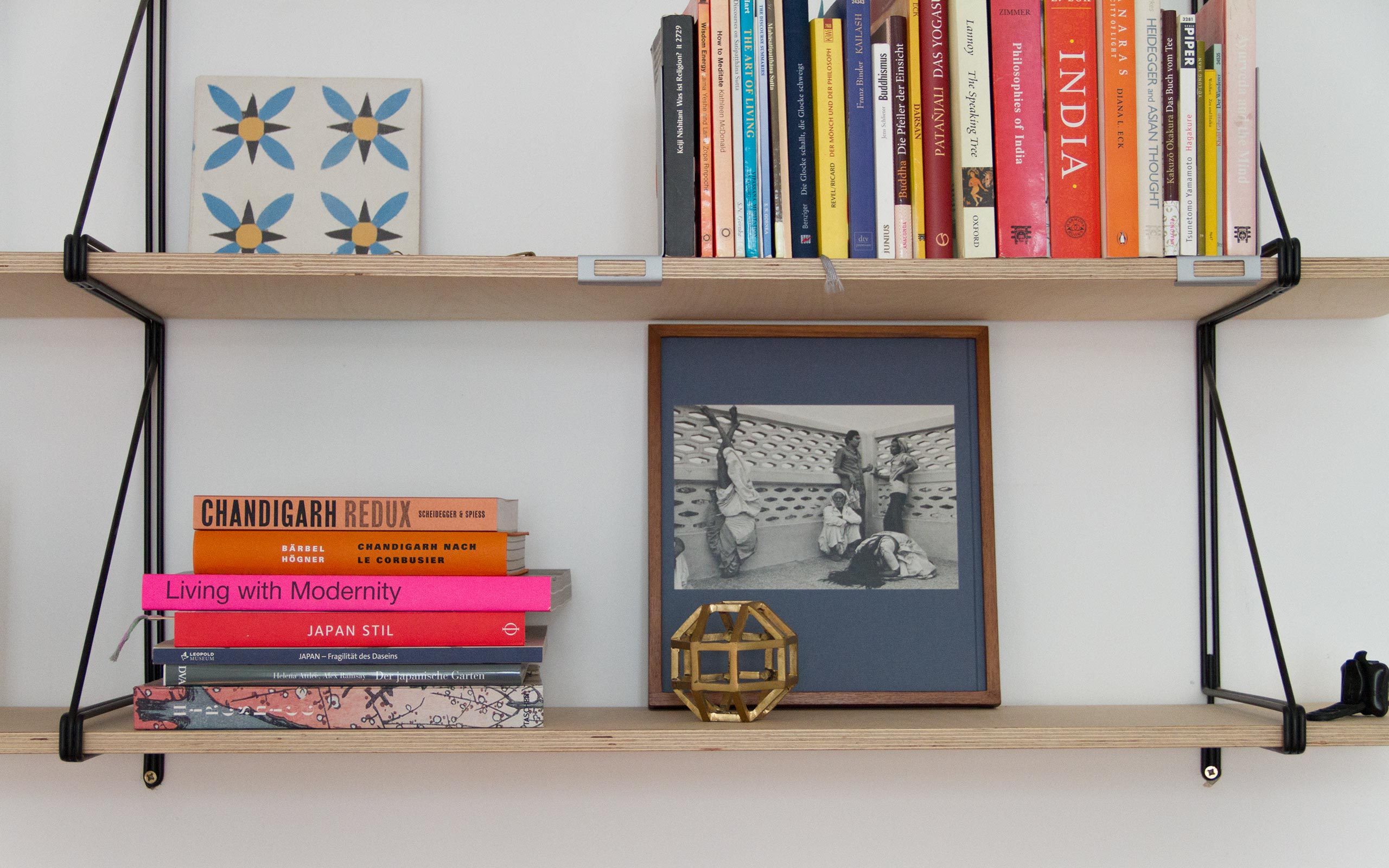
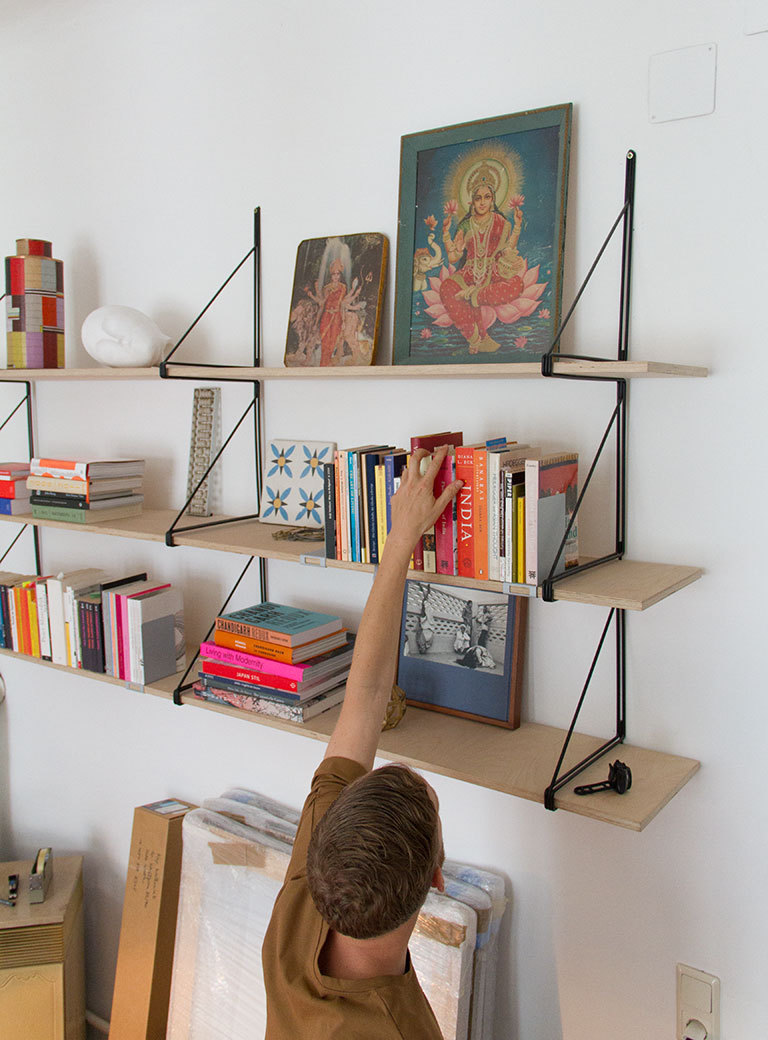
In addition to Japan, India, where you also spent time and created work, was also an important experience for you.
My interest in India – initially, particularly for the north, the Himalayas and what survives of Tibetan culture, began during my studies. I always used my summer vacations to undertake small projects in India. In 2011, I received a work grant which enabled me to fly to India for the first time and to work there. The result was the first part of my Chandigarh-Trilogy. In 2013, 2015, and 2017 I spent short periods there through an artist residency grant.
What did you find in India that you could integrate into your artistic work?
In many Asian cultures you find the philosophical principle of continuous change on which Buddhist and Hindu thought on life is based. I was interested in the strong contrast with European thought, which among other things refers to Plato’s notion of perpetuity which stresses concepts and forms that have supposedly always existed. I have picked up these varying traditions in my work Dislocated Traces: In India the belief prevails that one can automatically break the cycle of reincarnation by being cremated in the city of Varanasi on the river Ganges and by which means the states of infinitude and transformation can be perceived particularly intensely. In a procession I had minimalist forms carried through town and then had them placed into the holy Ganges. This way both notions of reality have been confronted with each other.
You actually work a lot with cultural approaches and match abstraction which we consider a universal value in Europe with other approaches in countries like India. Have you reached any insights about the role of the arts generally speaking?
In many traditionally oriented cultures art is a medium that has the task to facilitate a better existence for people. Thus its content is often concerned with religious and spiritual topics, and in contrast to our Christian iconography it is quite a practical guide. In Buddhist countries for example art often still has the function of a tool which is intended to guide people on a certain path. However, my work is not really concerned with such comparisons, but rather with showing that concepts that are self-understood in one culture are very differently perceived outside this culture. My works are supposed to be projection surfaces on which the cultural accesses to reality which perhaps may be diametrically opposed to our own understanding can be expressed.
When you speak about diametrically opposed accesses to art one is reminded of your video Making Sense Out of Abstraction. Can you speak about your concept of this work?
The Indian ascetics, the so-called Sadhus, have gathered for centuries to exchange experiences about their spiritual practice. This resulted in a cyclical feast, the Kumbh Mela, which takes place every twelve years in Allahabad. On this occasion, a huge tent city comes into existence housing millions of pilgrims who have come to consult the Sadhus and their higher wisdom. And following precisely this tradition I approached the Sadhus with my minimalist compositions and with the question of what was their response to the art that I showed them. Some responses centered for example on the colors in relation to the Bhagavad Gita, one of the central scriptures of Hinduism, or those who were otherwise related to the world of ascetics. One of the Sadhus misunderstood my request and instead predicted my career prospects from the composition. He said, “The omens are very good.”
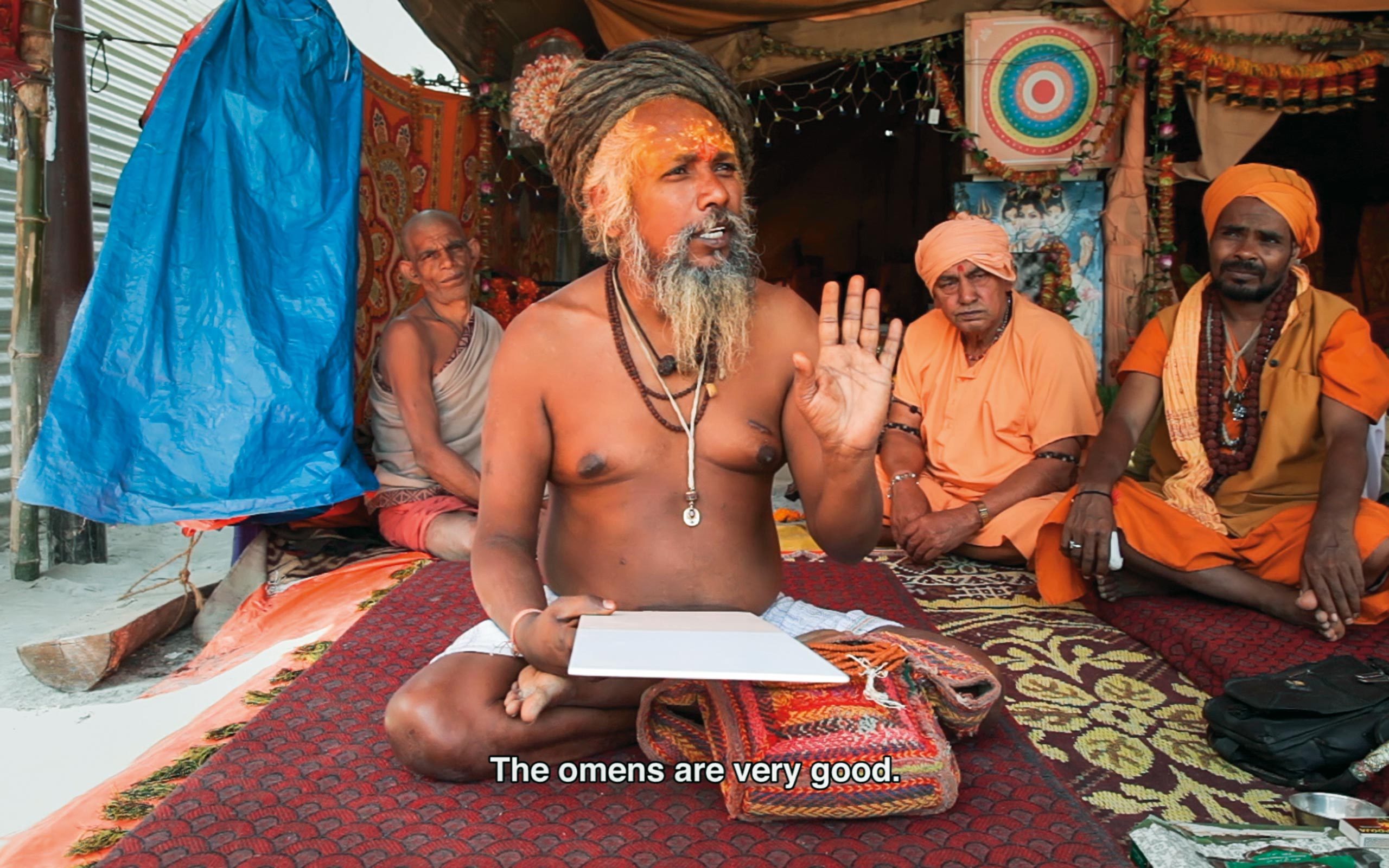
Making Sense Out of Abstraction, 2013, film still, Courtesy Kay Walkowiak
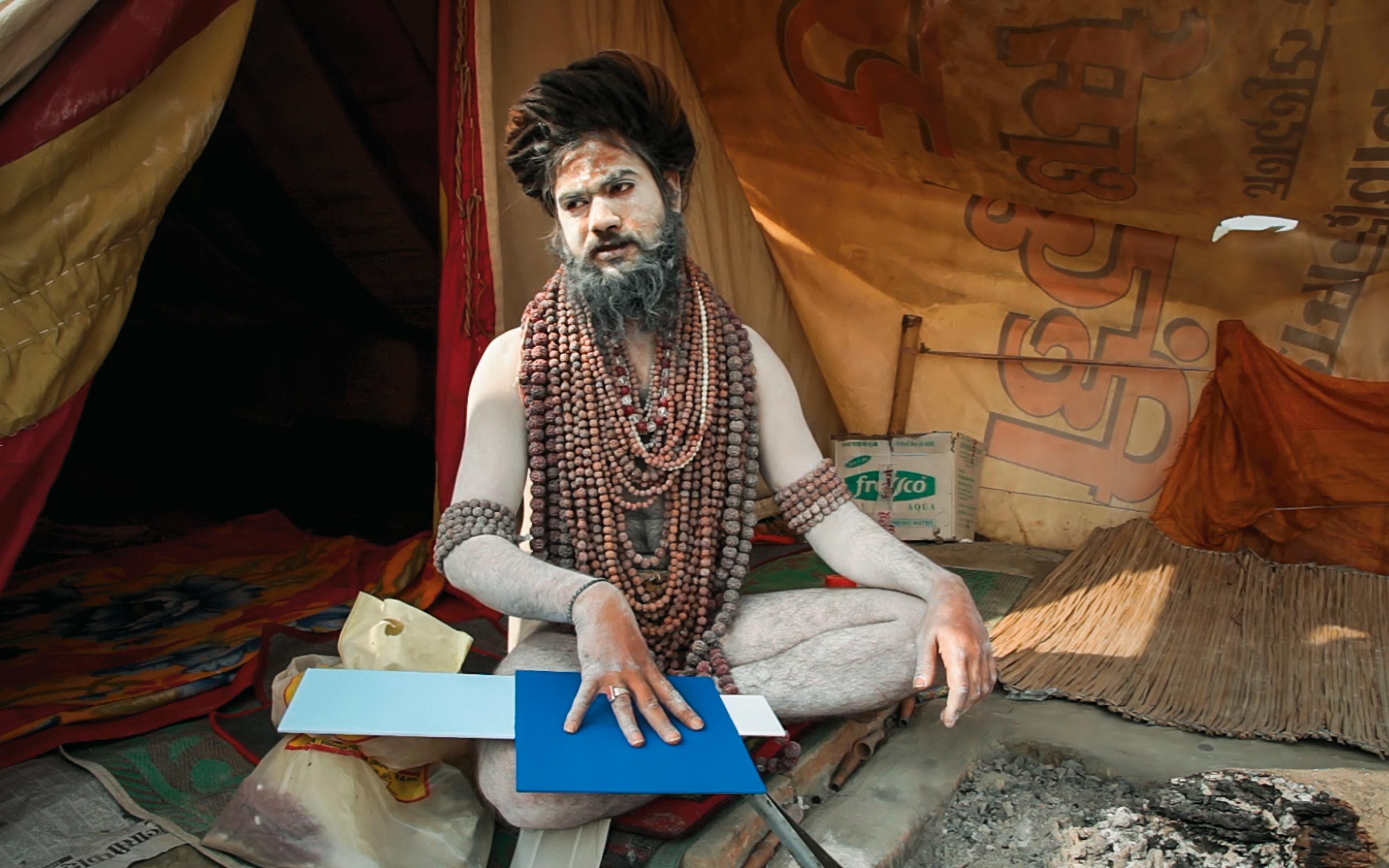
Making Sense Out of Abstraction, 2013, film still, Courtesy Kay Walkowiak
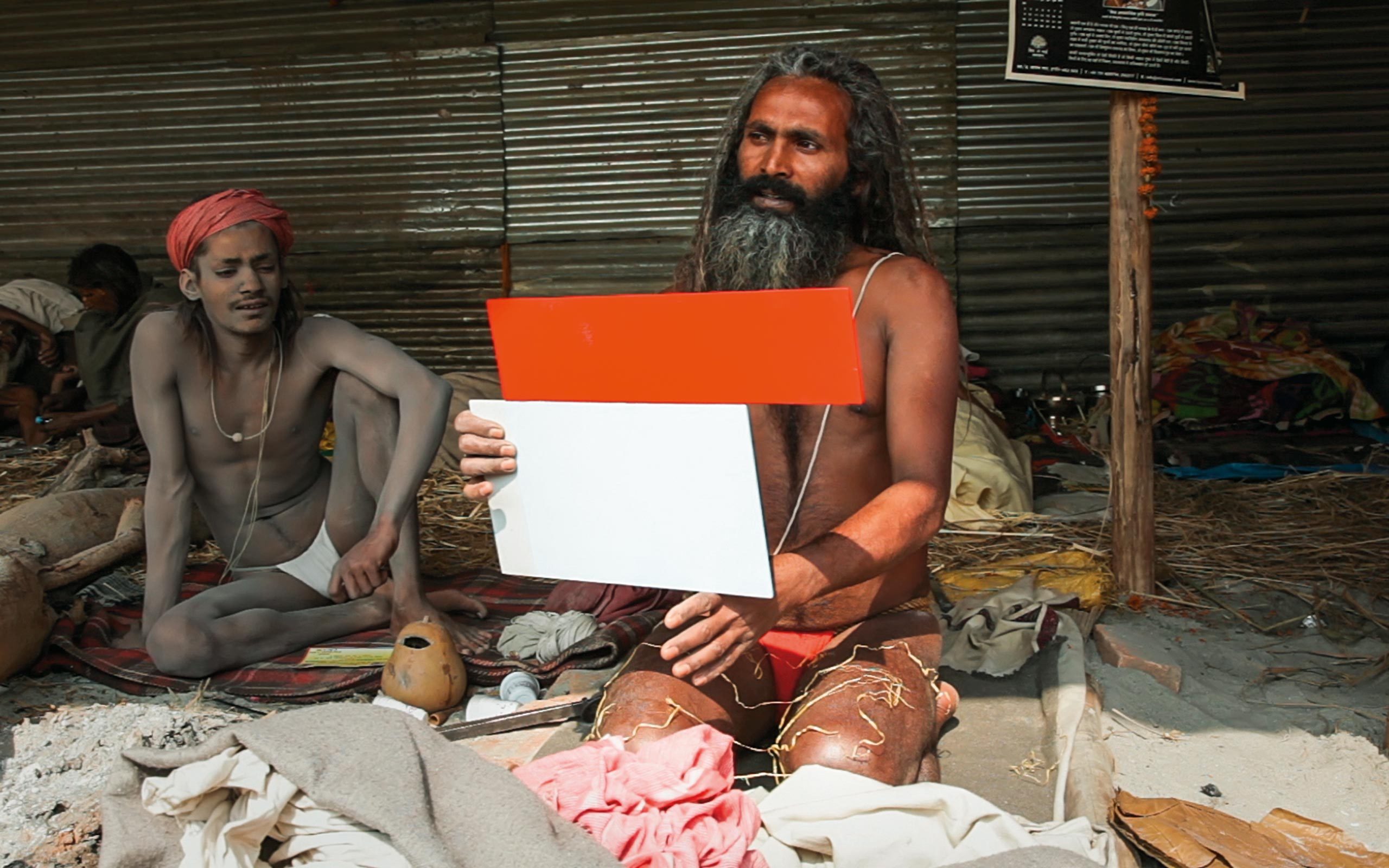
Making Sense Out of Abstraction, 2013, film still, Courtesy Kay Walkowiak
What did you expect from questioning the Sadhus?
I actually didn’t expect anything because the work was planned as an experiment. For me the project was a study because I was interested in what is still real today in regard to the mystification of asceticism in India and to what extent are there still people who follow a spiritual path, or whether the Sadhu has become just another profession in India. The concept of the work was the attempt of a deconstruction of the cliché that we have in the West about India, because India is still glorified as a place of true spirituality.
Furthermore I was interested in the question of how artistic activity and artistic personality is socially perceived. I simply wanted to know, what is really behind it when individuals in a society are perceived as human beings with a higher consciousness and above-average knowledge and, if it is truly the case, how such a person would interpret my work and my role as an artist. In the West there are a multitude of attributions for the artist like genius, lunatic, strategist, slacker. The same is true for the work process – such as inspiration, years of self-flagellation, or even coincidence. I therefore found it exciting to call on a entirely different system of evaluation for the production of my work, like going with my work to a Sadhu or consulting even a soothsayer, who works with a parrot which is considered to be a direct messenger of the goddess Maki.
The access that you describe as well as the work with people, who have nothing to do with the production of art, and also with animals, could be interpreted as an ironic take on artistic utopias, is this an attribution you can do something with?
Yes, certainly! It’s bound up with my personal access to art and the art world. I think art has so much potential that it tends to exclude itself. It is precisely the academic reflection on art that discourages many people and causes them to believe that they could not understand contemporary art. But the production of meaning is not inherent in the artwork and therefore it is important to me, to playfully cross and ironically question the canon of rules. Play should not only be fun for me but for the viewer as well.
In many of your films as well as in some of your photographs there appear mysterious geometric shapes that are either standing in space or are transported by someone. In Island for example we follow a young man who carries around a black square in his everyday life and we all ask ourselves what is he doing with it.
Especially in my experimental film projects the analysis of geometric forms is exciting to me, because the shape is merely a geometric principle, and in itself doesn’t transport meaning. Frank Stella once said, “What you see is what you see”. In this blank space we project the most varied things, although we essentially see nothing as form. We constantly try to generate meaning. This aspect is still interesting to me, revealing our constant yearning for our need to understand.
With this in mind, do you have a specific wish of how your art should affect the viewer?
It would be nice if my art would raise more questions than provoke the need for direct answers. It should function as a stimulus, which acts slowly only retrospectively and begins to release various associations. Of course I have a concept for each of my works, but that is not the only valid perspective. We have a strong mechanism within us that tries to assign meaning to everything, to make it comprehensible and acquirable, because we haven’t learned to deal with an openness that actually distinguishes life. The appeal for me lies in creating a projection surface and to break with expectation.
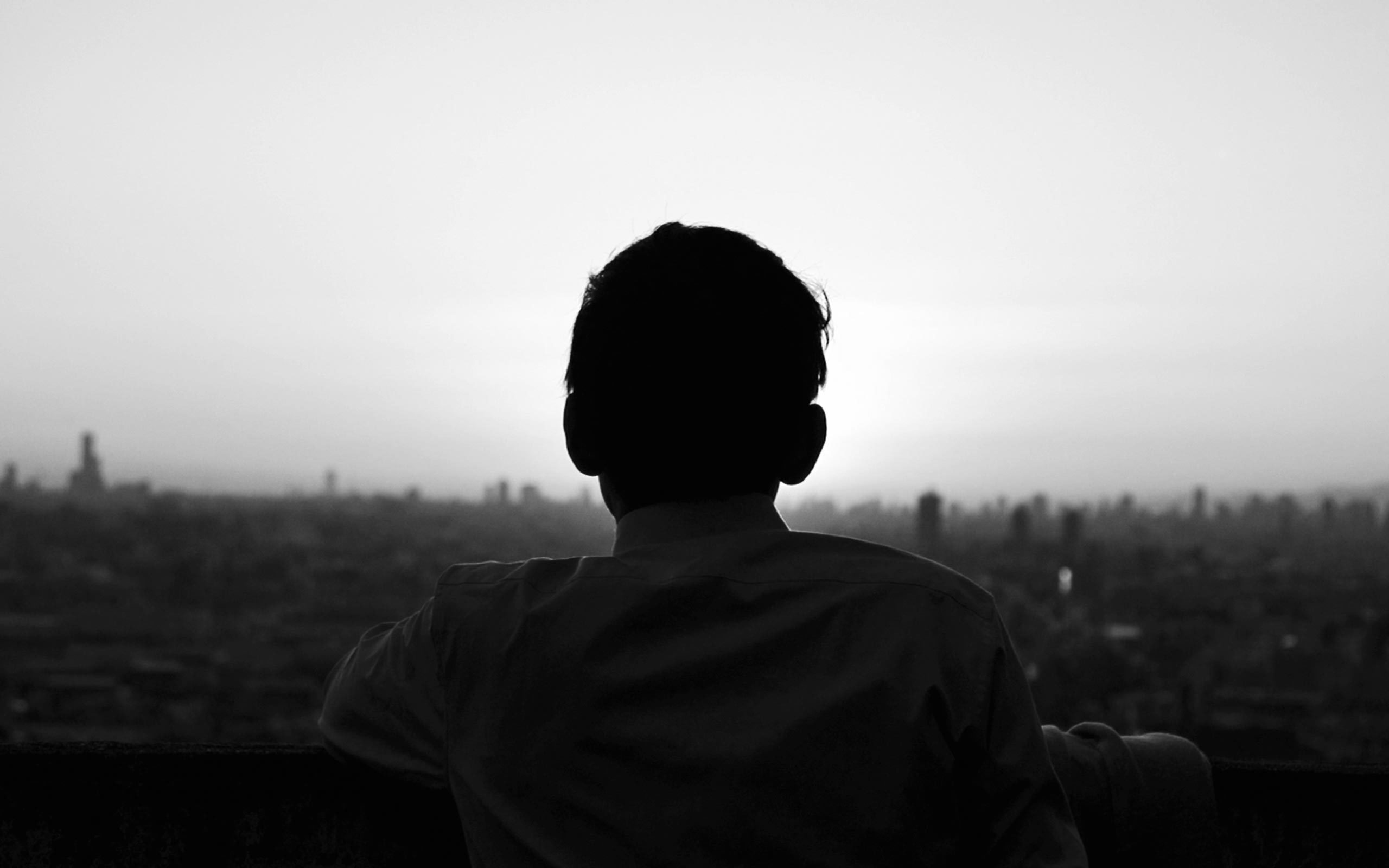
Island, 2016, film still, Courtesy Kay Walkowiak
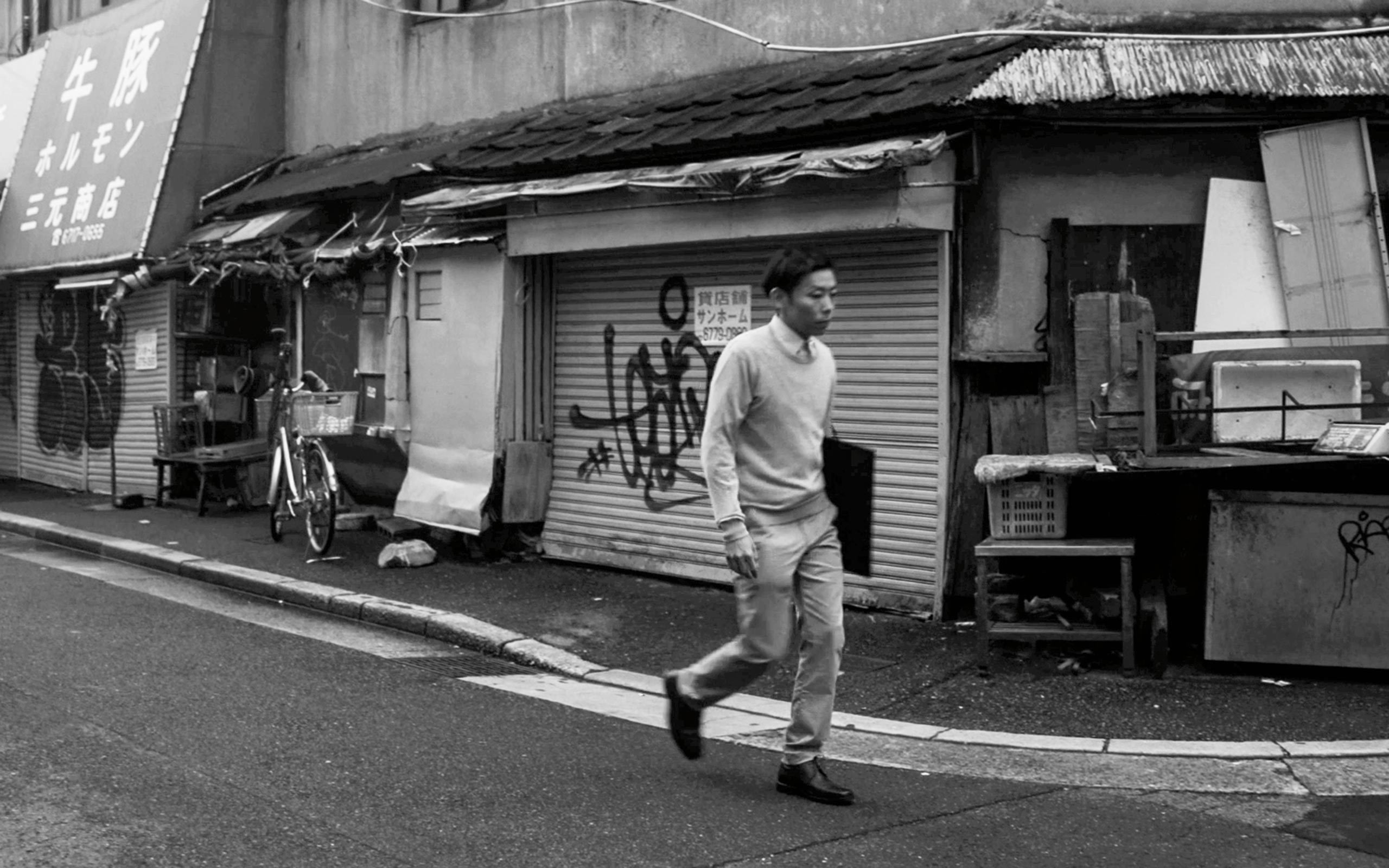
Island, 2016, film still, Courtesy Kay Walkowiak
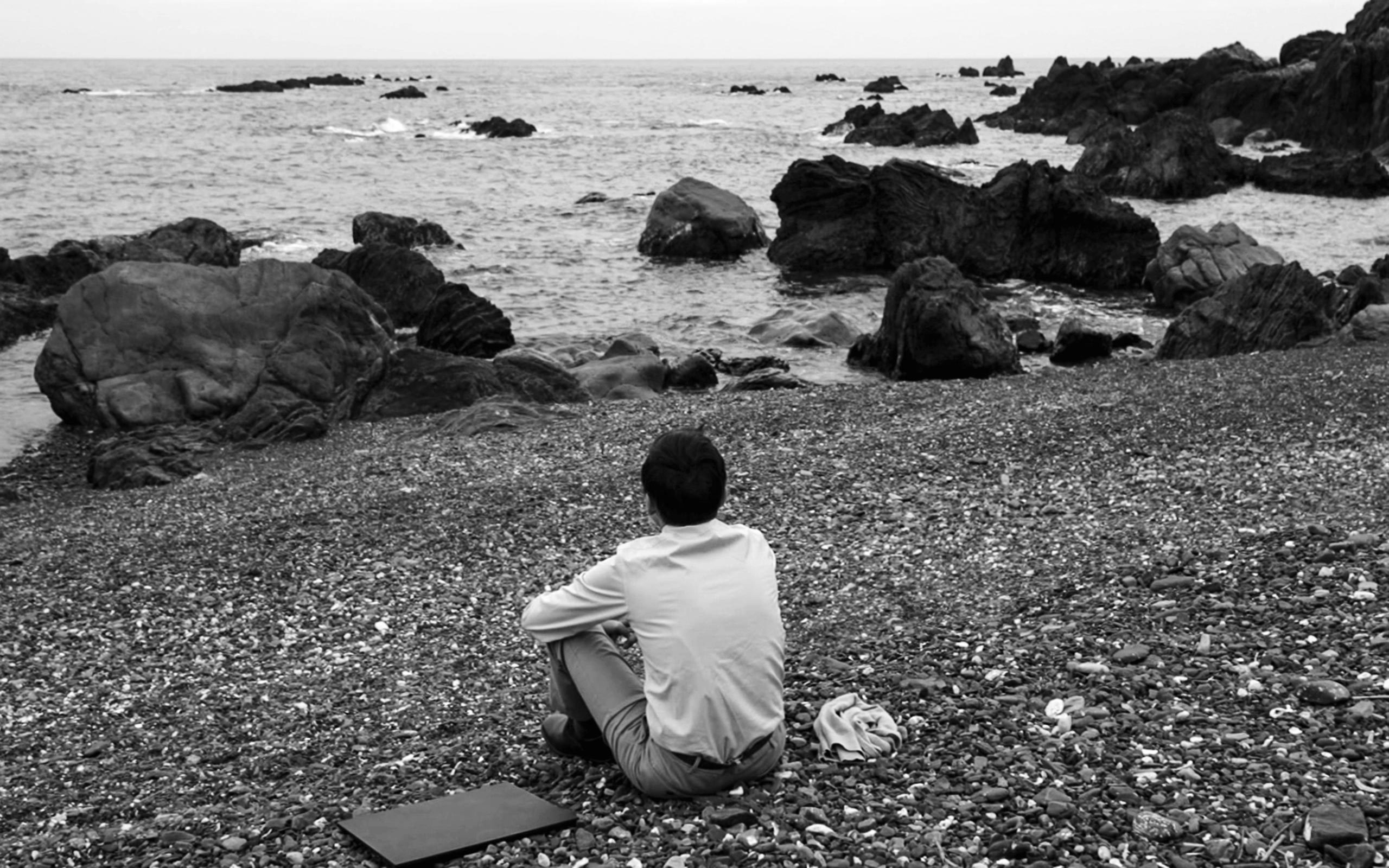
Island, 2016, film still, Courtesy Kay Walkowiak
So each object can become an artwork as long as it is placed in the right context making it a projection surface for meaning.
An artwork is basically only an object that for some reason is valued more than another object. In its materiality it is, however, an object like any other. In India there is a belief that everything, be it a tree or a stone, becomes the seat of a god or goddess when a certain ritual is performed, in which the god or goddess is invited to dwell in the object. In my works I often play with the notion that one of my works will be seen as a mere thing or can be transformed into a medium.
With your objects you not only blur the borderlines between sculpture and performance, but also between the everyday and what is elevated, or between art and an object of utility.
The meaning and the entire constellation of a space are changeable. In this regard I’ve always found it interesting, to question certain conventions, how art should be perceived. I like to explore and shift these borderlines. Some of my objects, seen as merely sculptural, are only compositions of surfaces and forms but they could, at the same time, function as a table or bench. Such a setting confronts the viewer inevitably with the question: May I or may I not?
After Japan and India, do you already know what will be the next country to attract you?
For fifteen years now, I have been thinking of a project in the desert. The silence of the desert fascinates me, because one is inescapably confronted with oneself and in the experience many of our beliefs will be readjusted. Suddenly we become aware of another form of temporality in which our existence and perhaps our entire galaxy becomes perceptible as only a blink of the cosmos’s eye. The goal I have for my work is making such experiences accessible for other people. Therefore I have conceptualized a film trilogy for the Lahore Biennale 01 in Pakistan, to which I have been invited. For its realization I have projected Oman as a potential film location.
What role does the studio play for someone who travels as much as you do and for whose art being on the road is so important?
For me the studio is a place of concentration and production. This place can be temporary like a hotel in Japan or a guesthouse in India. As long as the infrastructure of the space guarantees the potential for concentration, it provides me with the opportunity to produce. That certainly means that some production steps happen as collaborations or that other people are being displaced. My studio situation can involve a town’s entire network and not only one address. Because research plays such a huge role in my work, information besides concentration and production is the third requirement in regard to a studio. It can entail direct local interaction with people, but also the use of a library or access to the expanded library of the Internet.
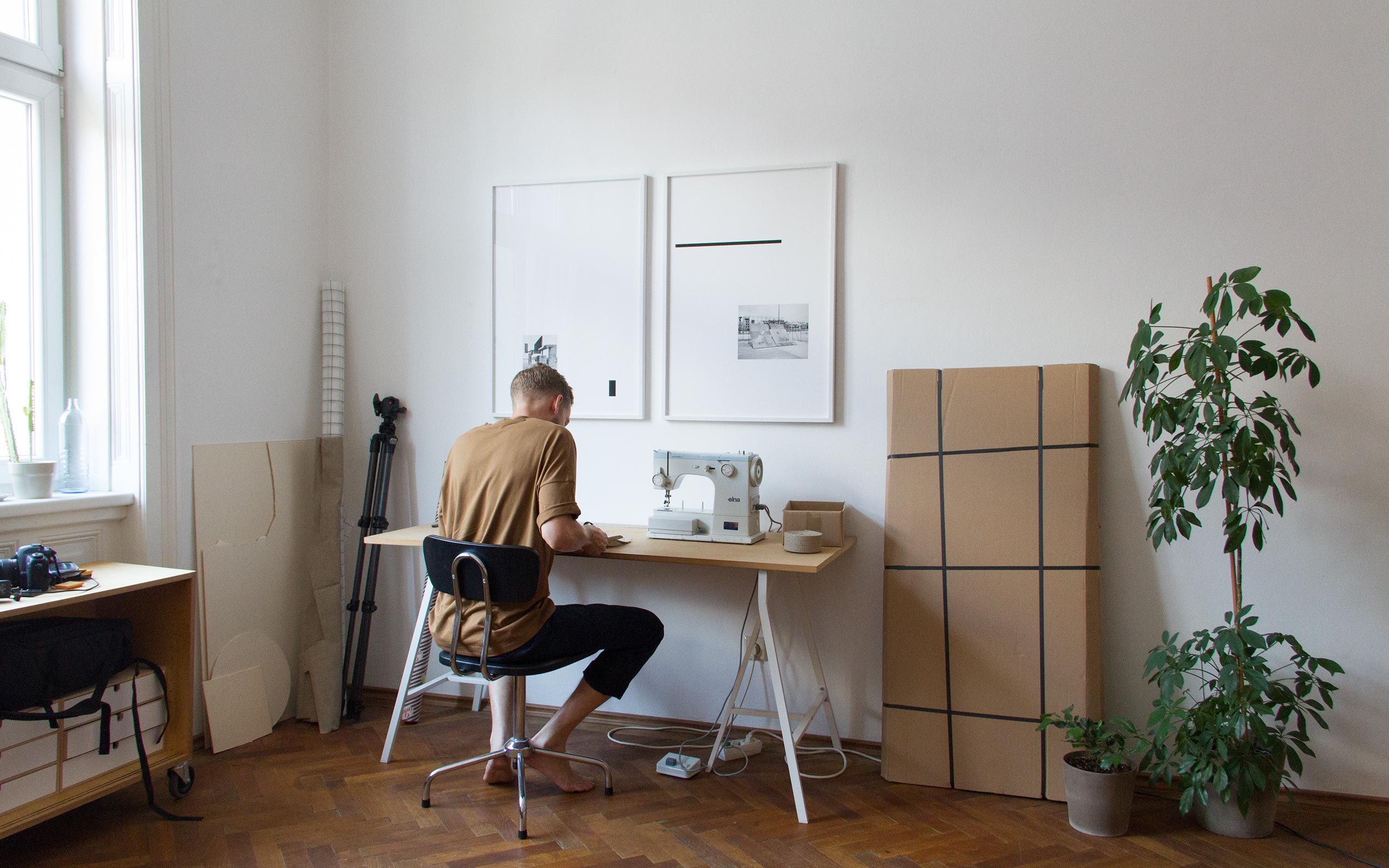
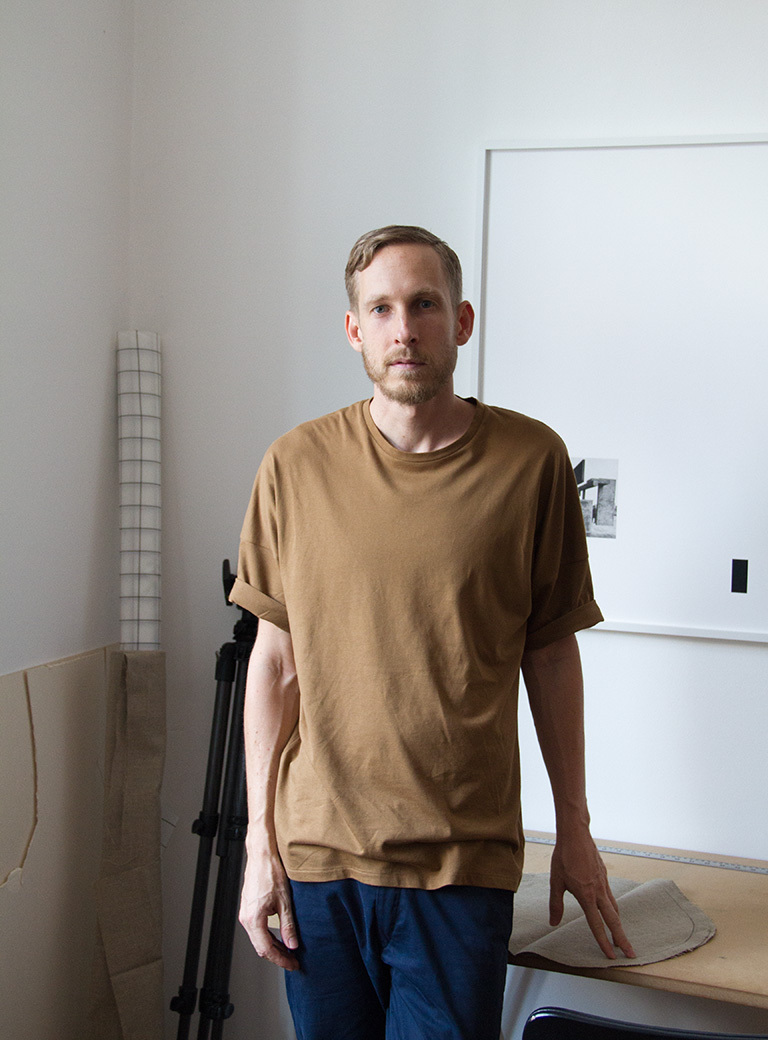
Does that mean that most of your on-site works originate in various parts of the world?
Basically each production of a work entails various phases. Finding the ideas and the required research, the organization for the realization, the production and in the case of film work often also post-production. There have been projects where all phases have taken place on-site, but often the production steps take place in different locations and at different times.
This year you will be represented at the viennacontemporary in ZONE 1, which is reserved for solo presentations of young Austrian artists. Can you share with us what you are planning?
I will produce a work for Zone 1 in which I will try something technically entirely new. Regarding content I will pick up on questions of mediality placing them in dialog with the context of the fair by processing the main medium of the art market, painting, in a performative installation. Beside a confrontation with power structures in the competition in the art market, I will also deal with the question of the personal physical, and emotional relationships to an artwork.
Shortly afterwards, you are also participating in the group show Traces of Time at the Leopold Museum in the Viennese museum quarter. What can we expect to see there?
I will present some newly produced cross-media installations with both new film and photography as well as sculptural works. In terms of their content I am dealing with the question of temporality and particularly the question in how far the past, which is typically understood as something that has passed and is therefore completed, is actually rather open, and, according to Bergson, is continuously manifested in the present. With Derrida one could also say that the ghosts of the past, be it historical events or outstanding personalities, are still active and forming the present.
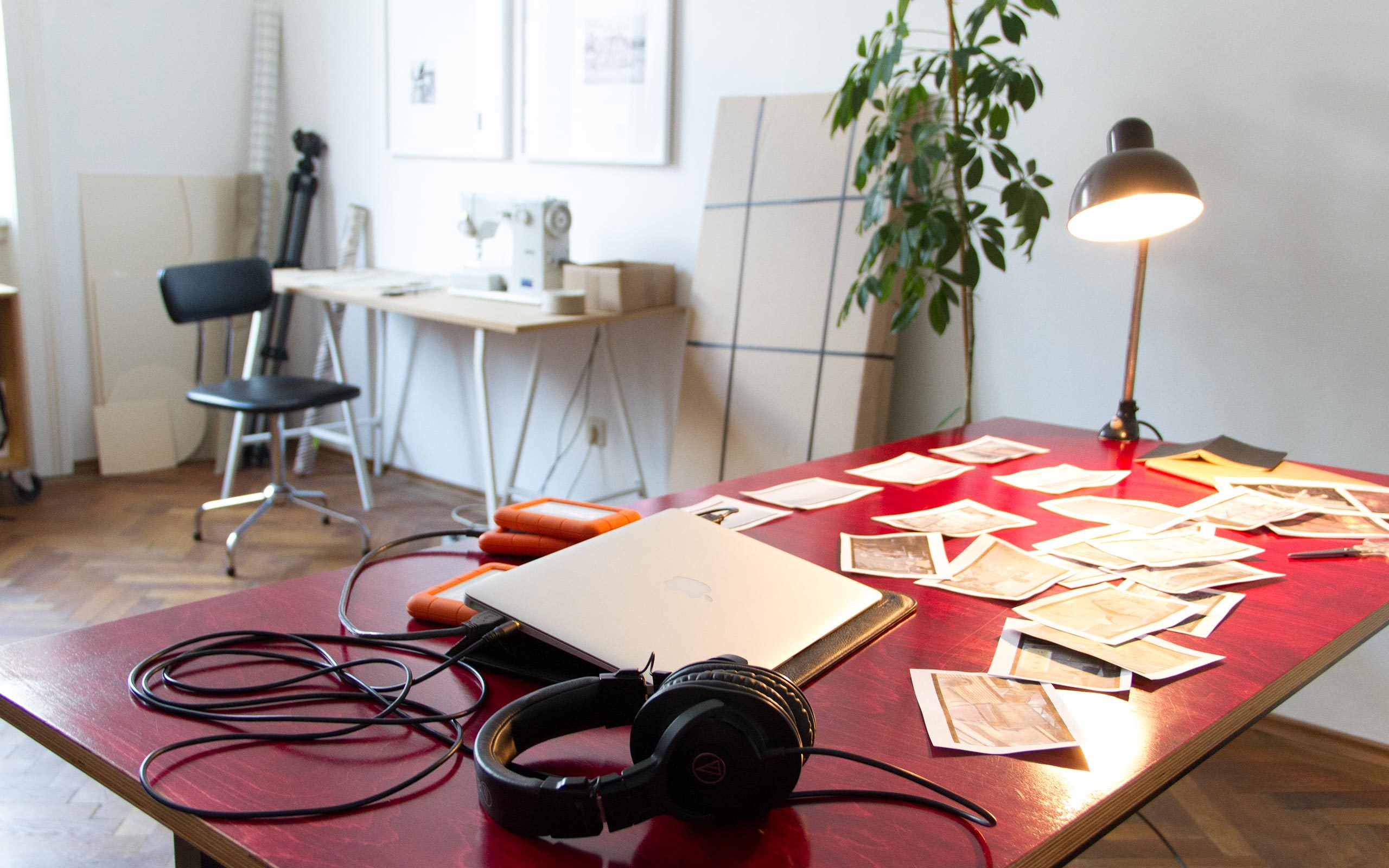
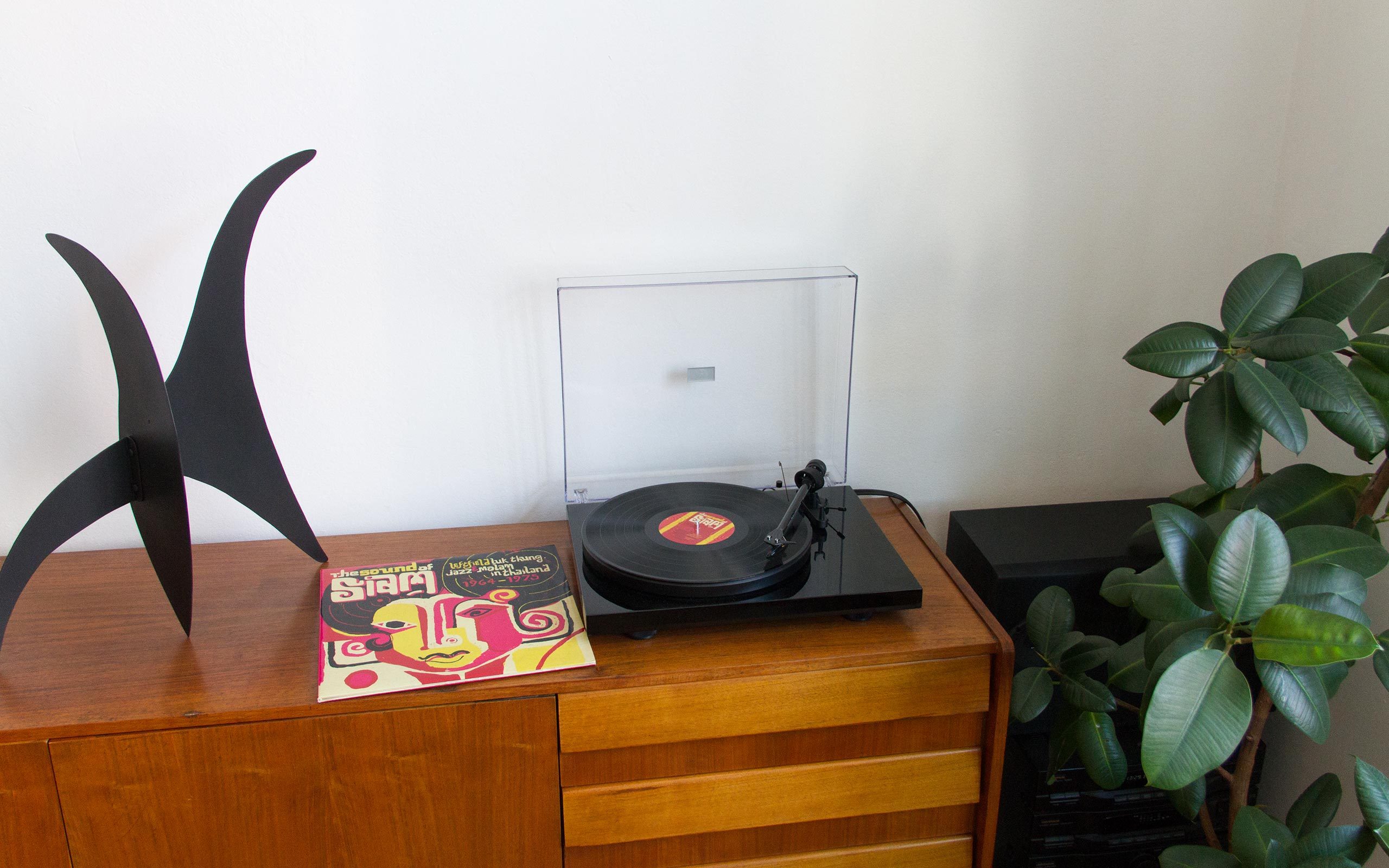
Interview: Gabriel Roland
Photos: Florian Langhammer


